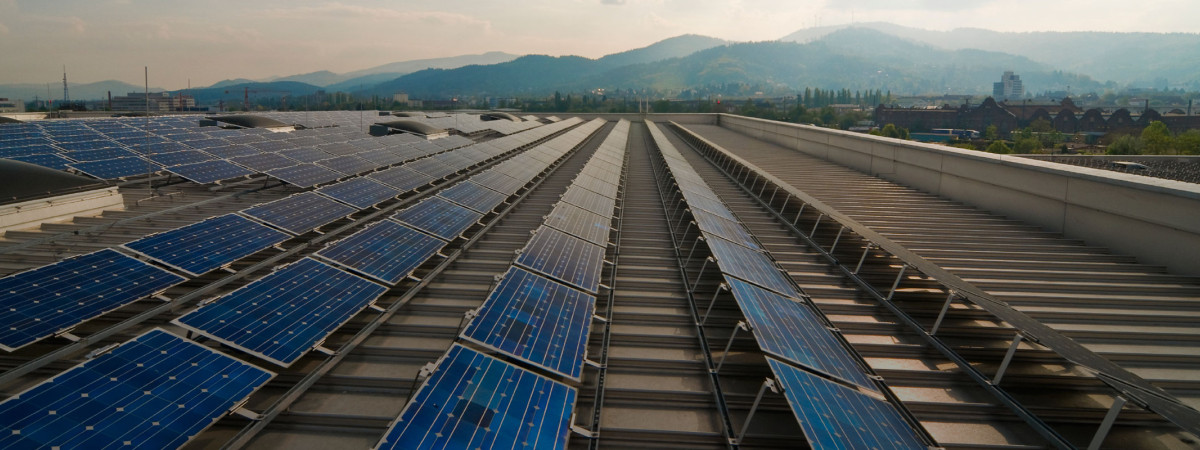
Authors
-
Emilie Prattico
Former Manager, BSR
Last month, BSR explained the importance of the “ratchet mechanism” for reviewing and revising country climate commitments every five years. These cycles ensure that stakeholders are capturing innovation and best practices in climate mitigation, as well as progressively raising ambition levels. Both of these are necessary to hold global mean temperature rise below 2˚C, widely considered the upper limit of acceptable global warming.
To stay on a 2˚C pathway, governments cannot be the only stakeholders committing to bold, collective action. While governments must provide the “long-term clarity and the short-term predictability” of five-year cycles, which drives business investment in climate resilience, businesses must commit to ambitious emissions reductions. Both governments and businesses are beginning to accept these roles, as demonstrated by two events in the past few weeks.
In Paris on July 20-21, 40 delegations featuring ministers of 30 countries—a third of which will negotiate the final global climate agreement this December at COP21—held an informal session to discuss the draft climate agreement. The delegations agreed that the final agreement should include five-year climate commitment review cycles, which chief climate negotiator for France, Laurence Tubiana, called a “breakthrough.”
The consensus on five-year review cycles opens the possibility that the COP21 agreement will both motivate business to raise its ambition and harness the power of business’ ability to innovate on new technologies and approaches to climate mitigation.
Many companies are reaching their climate targets within shorter timeframes and subsequently reviewing and revising their commitments more quickly. In 2010, Best Buy made a commitment to reduce its total carbon emissions by 20 percent (over the company’s 2009 baseline) by 2020. It has since surpassed that goal, reaching 26 percent reductions by the end of 2014. The company is now looking to re-up its commitment by setting science-based targets for continued emissions reductions.
Similarly, as a part of the We Mean Business coalition, the BT Group committed to reduce its carbon emissions by 80 percent by 2016 from 1996/7 baseline levels. They reached this target three years ahead of schedule, freeing up US$2.7 million in energy savings for re-investment, which included adopting a science-based emissions reduction target. This success established BT as a leader in renewable energy sourcing.
Technological innovation throughout history has been exponential, not linear. When any particular technology or process becomes more effective, it frees up resources for further progress—a positive feedback loop. So when companies reap the benefits from implementing climate measures, they deploy new investments; progress begets progress.
Policy and business must work together to drive innovation and investment in climate mitigation, as well as emissions reductions, and they are starting to do so. Just days after the informal meeting in Paris, the White House launched the American Business Act on Climate Pledge with 13 companies, including five BSR members—Bank of America, Coca-Cola, PepsiCo, UPS, and Walmart. The pledge calls for an ambitious outcome in Paris, extends support to climate ambition post-COP21, and commits to concrete investments in low-carbon technologies.
In Paris, a significant number of ministers openly acknowledged that innovation is the key driver of the shift to a low-carbon economy. And through the White House pledge, businesses acknowledged their part in driving climate leadership. These two developments not only demonstrate that governments and businesses are increasingly willing to adopt ambitious climate measures, they also illustrate that these two sectors are increasingly willing to work together. This signals a shift in the journey on the road to Paris: We’re moving from piecemeal policy and business action to a shared and achievable vision for a low-carbon future.
Let’s talk about how BSR can help you to transform your business and achieve your sustainability goals.